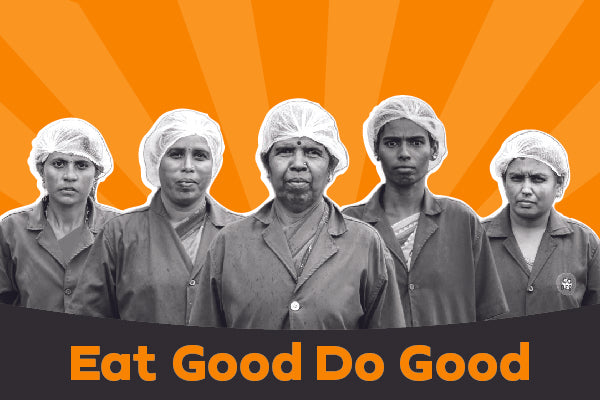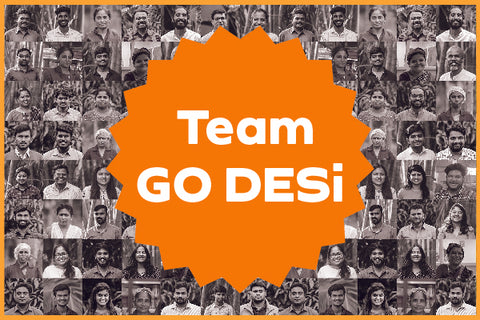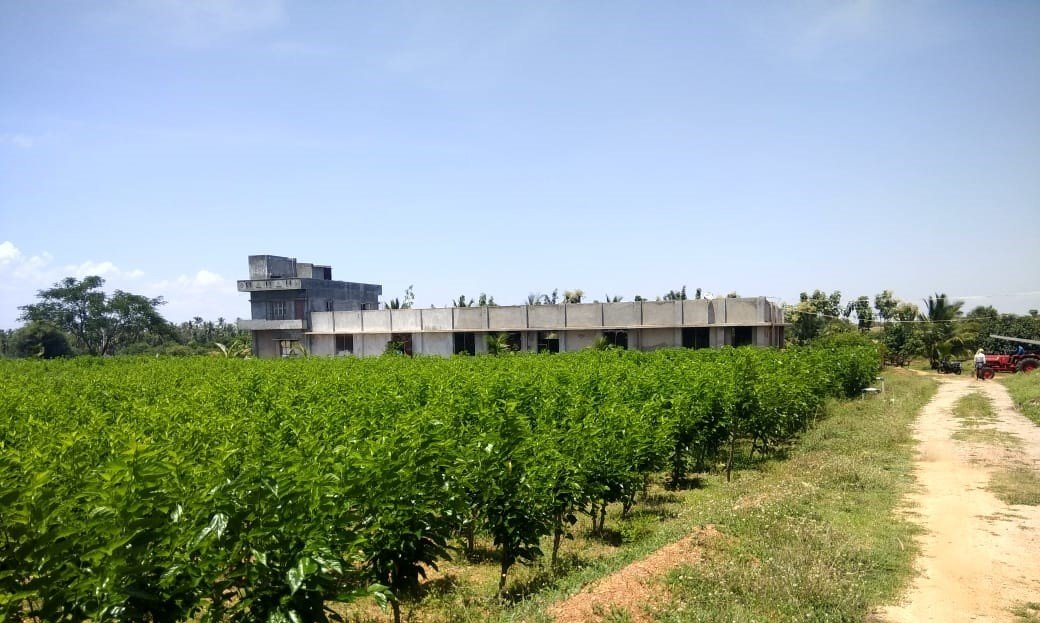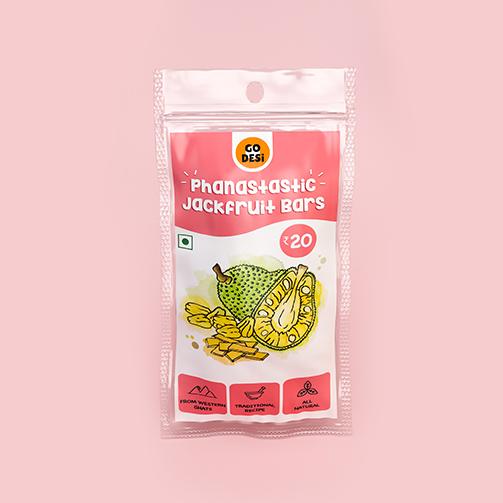Sira, a small town located 120 kms away from Bangalore, has its own eventful history with tales of warfare, rise and fall of kingdoms and empires. A politically and militarily important region of south India during the 17th century, Sira was to be our next destination to manufacture IMLI POPs. What worked in Sira’s favor to be the place for our next micro unit was the city’s proximity to Bangalore and the place being totally aligned with ethos of GODESi- sourcing and processing the food at farm gate and creating economic centers in rural areas.
Before we dwell further into the story of setting up a micro unit, let’s first understand the factors that hinder investment in manufacturing in rural areas. There are always a lot of hurdles associated with setting up a micro unit. Irregular labor supply, lack of last mile connectivity, and dearth of infrastructure are just a few of the many issues we faced. Though there is always an advantage in terms of low cost of land and marginally lower cost of labor, getting the unorganized organized was the most challenging and interesting part of the process.
Regular supply of labor was one of the most critical aspects for smooth functioning of our micro unit. We visited nearby villages and pitched our idea to the local people. While initial skepticism from the villagers ensured that the members of the core team of GO DESi had the additional responsibility of making and packing the initial batches of IMLI POPs, slowly and steadily we were able to establish a dedicated women workforce at the unit. We further partnered with Multipurpose Organization for Training, Health, Education and Rehabitation (MOTHER NGO), a non-profit organization based out of Sira, which focuses on developing alternative forms of livelihoods and development in rural areas. Having a local NGO partner provided us with better understanding of local issues and challenges and gave us the head start required to go about the process.
Opening a micro unit in a village meant that lot of our fixed assets as well as day to day things had to be procured from nearby cities. While I made trips to multiple locations to source the basic equipment and various other material required at the unit, Radhakrishna, our unit in-charge at Sira, was getting the micro unit ready as per GO DESi’s standards. Fast forward about a month and a half, we were ready to start the production. After arranging the workforce for the unit and training them on how to make IMLI POPs, we were fully focused on quickly scaling our current level of production. However, we soon realized that many business lessons disguised as surprises were waiting for us.
"True startup productivity is not just making more stuff, but systematically figuring out the right things to build." - Eric Ries, The Lean Startup.
Thankfully, we learnt this lesson in our early days of production. Since we carry out production at the farm gate, all our raw materials are sourced from nearby farms. Each ingredient has their own unique flavor and taste depending upon the region in which they are grown. After going through multiple rounds of recipe iterations, product testing and feedback, we managed to strike the right balance and achieve the perfect IMLI POP that our consumers love.
"The surest foundation of a manufacturing concern is quality. After that, and a long way after, comes cost." - Andrew Carnegie
It’s a no-brainer that core of manufacturing unit is all about efficiencies. But the foundation of a manufacturing concern is quality. And we were obsessed with our quality standards right from the start. As much as I was thinking of quality control to be a scientific process, it’s an art as well. Science because the process required a lot of tests, study of cause & effect relationships and inspections. Art because the process demanded a lot of personal inputs, practical knowledge and learning from past experiences. Though there were significant monetary and time costs associated with this exercise, we gradually built a strong foundation at the unit centered on quality control.

In the last 5 months we have come a long way. But we still aren’t there as yet. As I write this, we are still continuously figuring out ways to do things in a better way and learning new lessons every day.
























